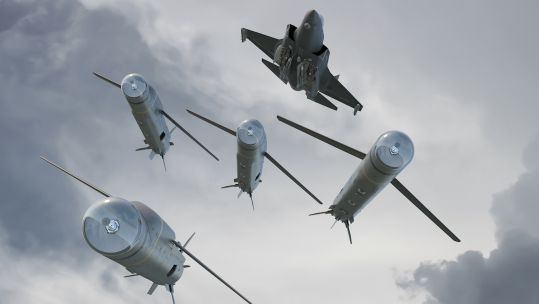Gigamon Announces Deep Observability Integration with Amazon Security Lake | National Business
SANTA CLARA, Calif.–(BUSINESS WIRE)–Jun 8, 2023–
Gigamon, the leading deep observability company, today announced that its Deep Observability Pipeline now efficiently delivers network-derived application metadata intelligence (AMI) into Amazon Security Lake from Amazon Web Services (AWS). Amazon Security Lake automatically centralizes an organization’s security data from across their AWS environments, leading SaaS providers, on-premises environments, and cloud sources into a purpose-built data lake, so customers can act on security data faster and simplify security data management across hybrid and multicloud environments. This integration provides organizations the ability to access and analyze data-in-motion across hybrid cloud infrastructure to more efficiently and effectively secure and manage workloads, applications, and data.
The integration of network-derived intelligence with Amazon Security Lake supports important use cases for organizations seeking both completeness and efficiency across their security tools stack. With Amazon Security Lake, Gigamon can provide:
- Security analytics based on actual data communications to completely and correctly identify any usage of vulnerable protocols, deprecated ciphers, and expired certificates
- Forensics that compare what applications actually did with what logs report
- A richer and deeper data set on which to base new AI-driven security analytics via tools like NDR or XDR
Gigamon uniquely leverages deep packet inspection (DPI) to extract more than 7,500 application-related metadata attributes derived from network packets. With Amazon Security Lake integration, users can centralize and gain deep observability into security data across their entire organization. The new integration helps organizations to:
- Efficiently deliver AWS traffic to multiple security tools without installing individual agents for each tool
- Contain excessive tool and transit costs by filtering unnecessary traffic and deduplicating redundant traffic
- Generate NetFlow for SIEMs and raw packets for NPMs and packet sniffer tools
Gigamon is also a launch…


 Photo: State Security Service
Photo: State Security Service


